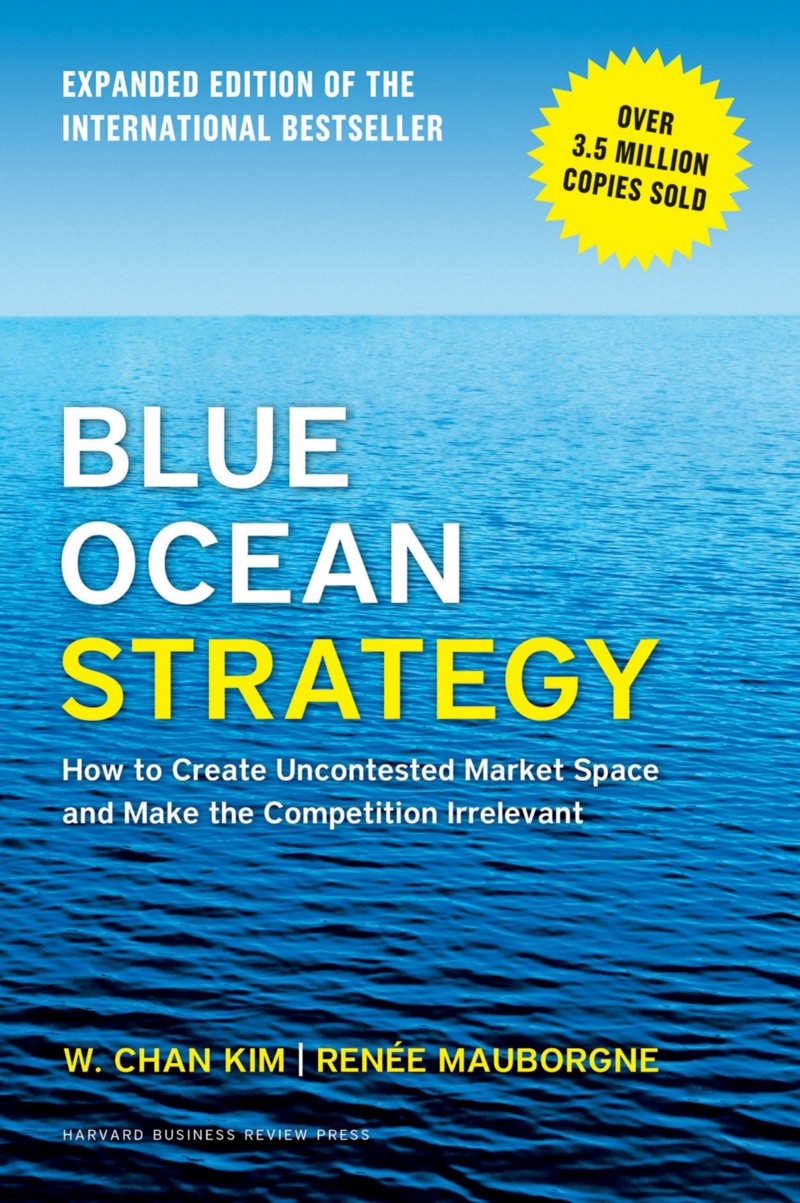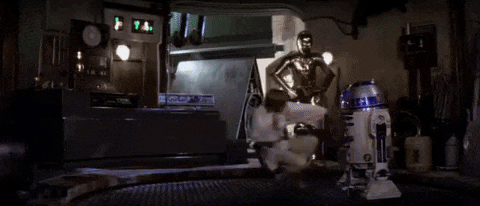Everyone is a designer. But everyone hasn’t the right tools to be good at it.

“Businesspeople don’t just need to understand designers better; they need to become designers. […] The world is so full of ambiguity and uncertainty that the design attitude of exploring and prototyping multiple possibilities is most likely to lead to a powerful new business model.” — Alexander Osterwalder, Business Model Generation: A Handbook for Visionaries, Game Changers, and Challengers
Editor’s Note
Winter is here. 2019 is coming. Everything sounds fine in this festive and convivial period.
Thus we continue the journey towards sharing our message. A message that we hope can bring closer people from different backgrounds and professions. We love when knowledge, ideas, and point of views collide together. But to give birth to something that will be used, be useful, and –why not– create true innovation, you need an approach that everyone can apprehend and that can guarantee, at least, that you focus on what matters.
We call it Human-Centered Thinking. It’s nothing new, nothing we invented. Yet, it brings a holistic approach to what we all do, exempt from any particular beliefs. It’s just a tool, and you don’t have to change your job title to use it. It can be combined with many other tools to answer more strategic or tactical purposes, without altering the promise.
That’s what we think is the real strength of this approach.
Cheers,
Hot Like a Fondue.
Our stories, served hot and creamy, just like a good Swiss Fondue! 🧀🇨🇭

Customers Needs Are Your Business Needs
Business people used to have an inside-out approach to pretty much everything they do. This normal since most business tools are narcissistically focused on themselves: looking for answers internally, either within the company or the competitors of a given market. The human-centered thinking can help break some established barriers and go beyond what’s commonly accepted by looking at the people you’re helping get the job done.

On Myths & Beliefs in Business
Since the last 3 weeks, we covered the most largely shared myths and beliefs in business about customers and people. Those are linked to our cognitive biases and some stereotypes. Through our “debunk” we show how blindness toward customers needs and pains come from the acceptance of what’s judged as normal among some professionals: customers are rational beings, they don’t know what they want, they don’t like change.
Just. Read. It.
Our sweet selection of books and articles. 📖
Just like chocolate, once you start you wish to never stop! 🍫

Blue Ocean Strategy, Expanded Edition: How to Create Uncontested Market Space and Make the Competition Irrelevant
What: this best selling book shows how companies that succeed in the long-term do not seek to from battling competitors but from creating “blue oceans”―untapped new market spaces ripe for growth.
Why: this book gives a great framework to think about your strategy, with key tools to elaborate your own. Combined with a human-centric approach, it’s a powerful way of developing any business.
“It is conventionally believed that companies can either create greater value to customers at a higher cost or create reasonable value at a lower cost. Here strategy is seen as making a choice between differentiation and low cost. In contrast, those that seek to create blue oceans pursue differentiation and low cost simultaneously.” ― W. Chan Kim, Blue Ocean Strategy, Expanded Edition: How to Create Uncontested Market Space and Make the Competition Irrelevant
Thank You For Your Support!
We believe that Business, Design, and Technology should all join forces to do what matters the most: answering people’s pains, needs & wants. This is where innovation lies!
Thanks for helping us share this message of hope and for supporting us!

Don’t hesitate to clap, share, and comment. See you soon for more stories and adventures 🙌












Discussion